Abdelhamed Mohamed
Emerging Advancements in 6G NTN Radio Access Technologies: An Overview
Apr 22, 2024Abstract:The efforts on the development, standardization and improvements to communication systems towards 5G Advanced and 6G are on track to provide benefits such as an unprecedented level of connectivity and performance, enabling a diverse range of vertical services. The full integration of non-terrestrial components into 6G plays a pivotal role in realizing this paradigm shift towards ubiquitous communication and global coverage. However, this integration into 6G brings forth a set of its own challenges, particularly in Radio Access Technologies (RATs). To this end, this paper comprehensively discusses those challenges at different levels of RATs and proposes the corresponding potential emerging advancements in the realm of 6G NTN. In particular, the focus is on advancing the prospective aspects of Radio Resource Management (RRM), spectral coexistence in terrestrial and non-terrestrial components and flexible waveform design solutions to combat the impediments. This discussion with a specific focus on emerging advancements in 6G NTN RATs is critical for shaping the next generation networks and potentially relevant in contributing the part in standardization in forthcoming releases
Intelligent Omni-Surfaces (IOSs) for the MIMO Broadcast Channel
Jun 27, 2022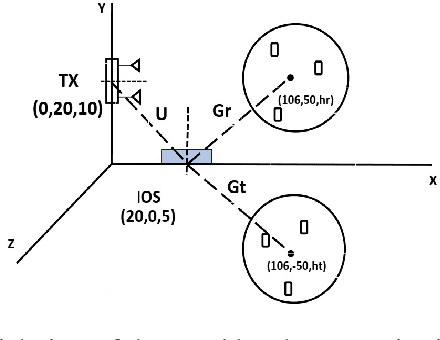
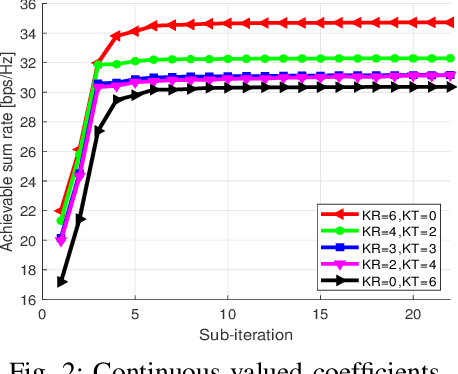
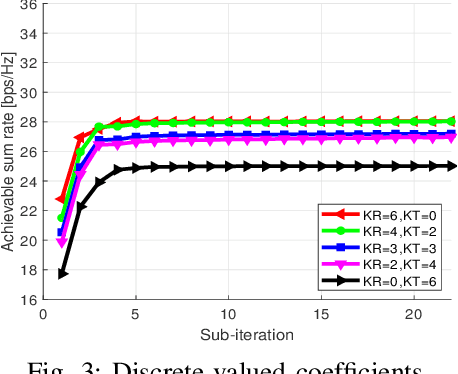
Abstract:In this paper, we consider intelligent omni-surfaces (IOSs), which are capable of simultaneously reflecting and refracting electromagnetic waves. We focus our attention on the multiple-input multiple-output (MIMO) broadcast channel, and we introduce an algorithm for jointly optimizing the covariance matrix at the base station, the matrix of reflection and transmission coefficients at the IOS, and the amount of power that is reflected and refracted from the IOS. The distinguishable feature of this work lies in taking into account that the reflection and transmission coefficients of an IOS are tightly coupled. Simulation results are illustrated to show the convergence of the proposed algorithm and the benefits of using surfaces with simultaneous reflection and refraction capabilities.
A Proposed Sub-optimal Power Allocation using Simulated Annealing in Cognitive Radio Networks
Jun 23, 2022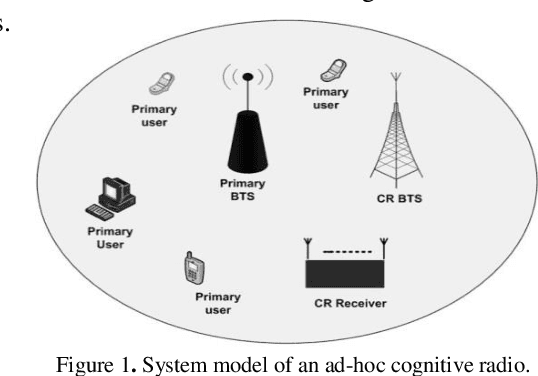

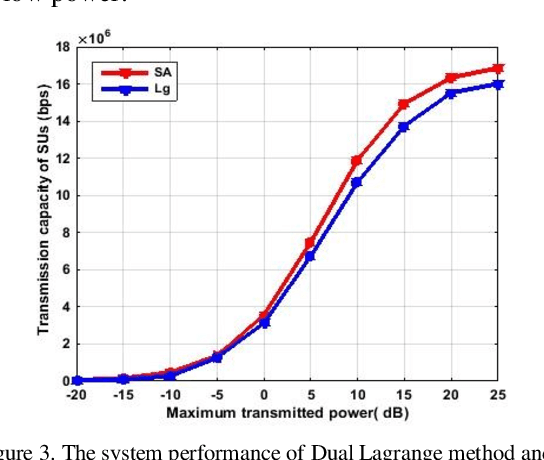
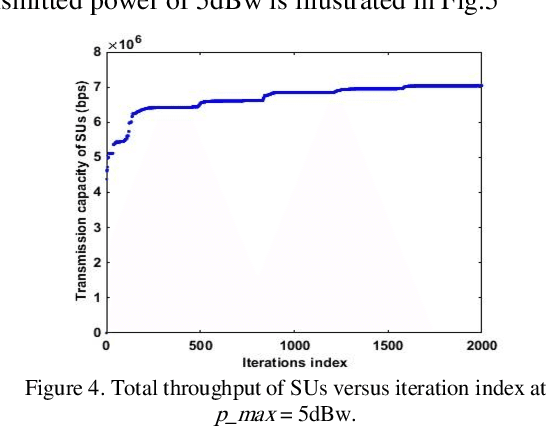
Abstract:Due to the rapid demand for wireless services and the increase in the wireless device count, there is a lack of available spectrum bands which constrain the further development of wireless communication .Therefore, Cognitive Radio (CR) has been adopted as a promising solution because of its ability to exploit the inefficiently used spectrum of licensed bands. Orthogonal Frequency Division Multiplexing (OFDM) become the enabling technique for CR due to its flexibility of allocating the available spectrum in dynamic environment. In this paper, a proposed distributed resource allocation framework based on Simulated Annealing (SA) algorithm for downlink OFDM-Based Cognitive Radio Network (CRN) will be applied. This algorithm gives less computational complexity for maximizing the total SUs transmission capacity. Moreover, the interference introduced from other Secondary Users (SUs) will be considered. For the sake of comparison, Lagrange dual method will be used. Simulation results showed that the proposed algorithm gives a better transmission capacity compared with Lagrange dual method. The parameters which are considered for comparison are maximum transmitted power, number of Primary Users (PUs) and number of SUs.
Bi-objective Optimization of Information Rate and Harvested Power in RIS-aided SWIPT Systems
Apr 24, 2022



Abstract:The problem of simultaneously optimizing the information rate and the harvested power in a reconfigurable intelligent surface (RIS)-aided multiple-input single-output downlink wireless network with simultaneous wireless information and power transfer (SWIPT) is addressed. The beamforming vectors, RIS reflection coefficients, and power split ratios are jointly optimized subject to maximum power constraints, minimum harvested power constraints, and realistic constraints on the RIS reflection coefficients. A practical algorithm is developed through an interplay of alternating optimization, sequential optimization, and pricing-based methods. Numerical results show that the deployment of RISs can significantly improve the information rate and the amount of harvested power.
 Add to Chrome
Add to Chrome Add to Firefox
Add to Firefox Add to Edge
Add to Edge